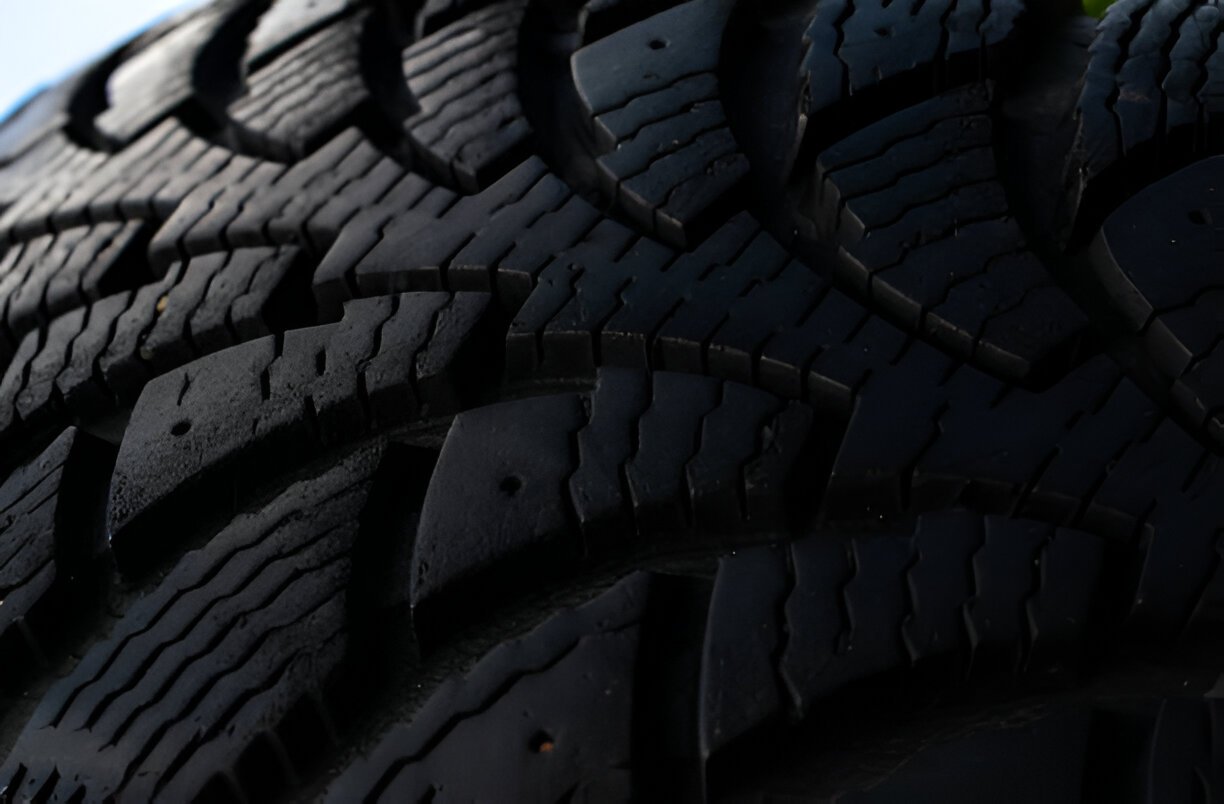Synthetic Rubbers
Synthetic Rubbers
Polybutadiene Rubber (PBR)
Polybutadiene Rubber (PBR)
Polybutadiene Rubber (PBR) is a synthetic rubber made from the polymerization of butadiene. Its molecular structure gives it unique properties, such as high resilience and low-temperature flexibility.
PBR is produced using emulsion or solution polymerization techniques. Emulsion polymerization involves polymerizing butadiene in an aqueous solution, while solution polymerization uses organic solvents.


styrene butadiene rubber (SBR)
styrene butadiene rubber (SBR)
Styrene-butadiene rubber (SBR) is a synthetic rubber copolymer consisting of styrene and butadiene. Developed during World War II as a substitute for natural rubber, SBR has become one of the most widely used synthetic rubbers.
SBR is produced through emulsion polymerization, where styrene and butadiene are polymerized in an aqueous solution. This process can be adjusted to produce different grades of SBR with varying properties.

